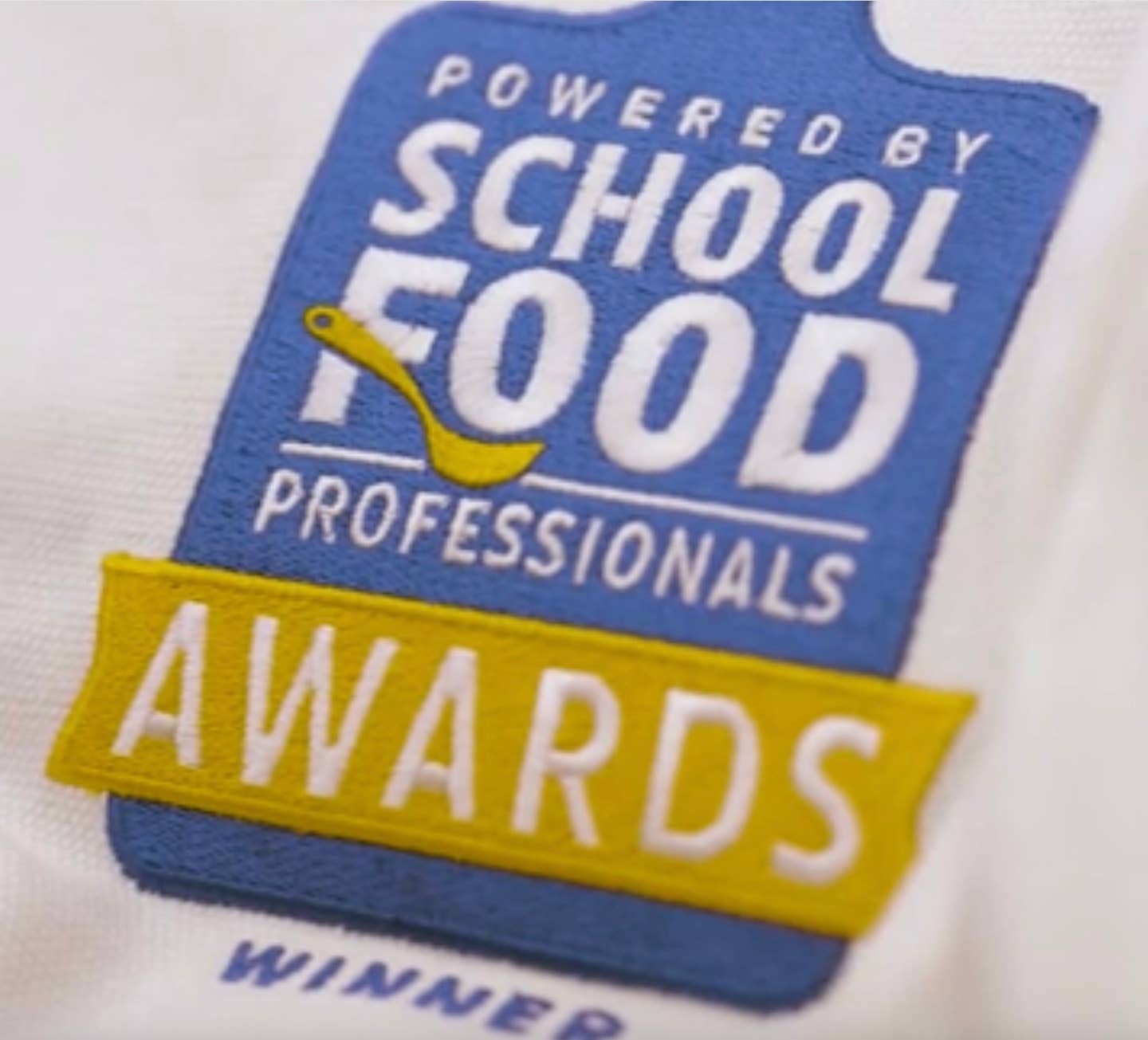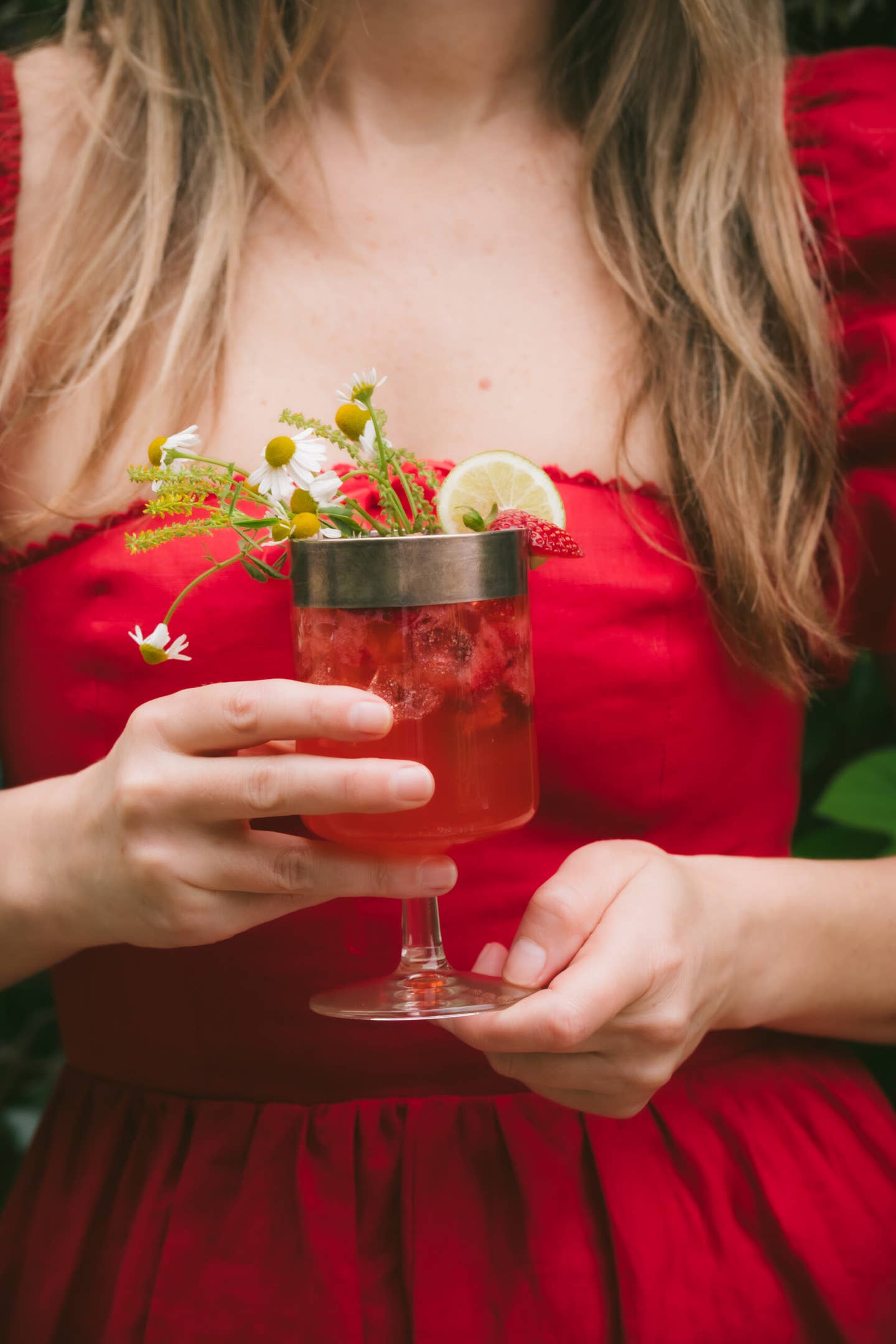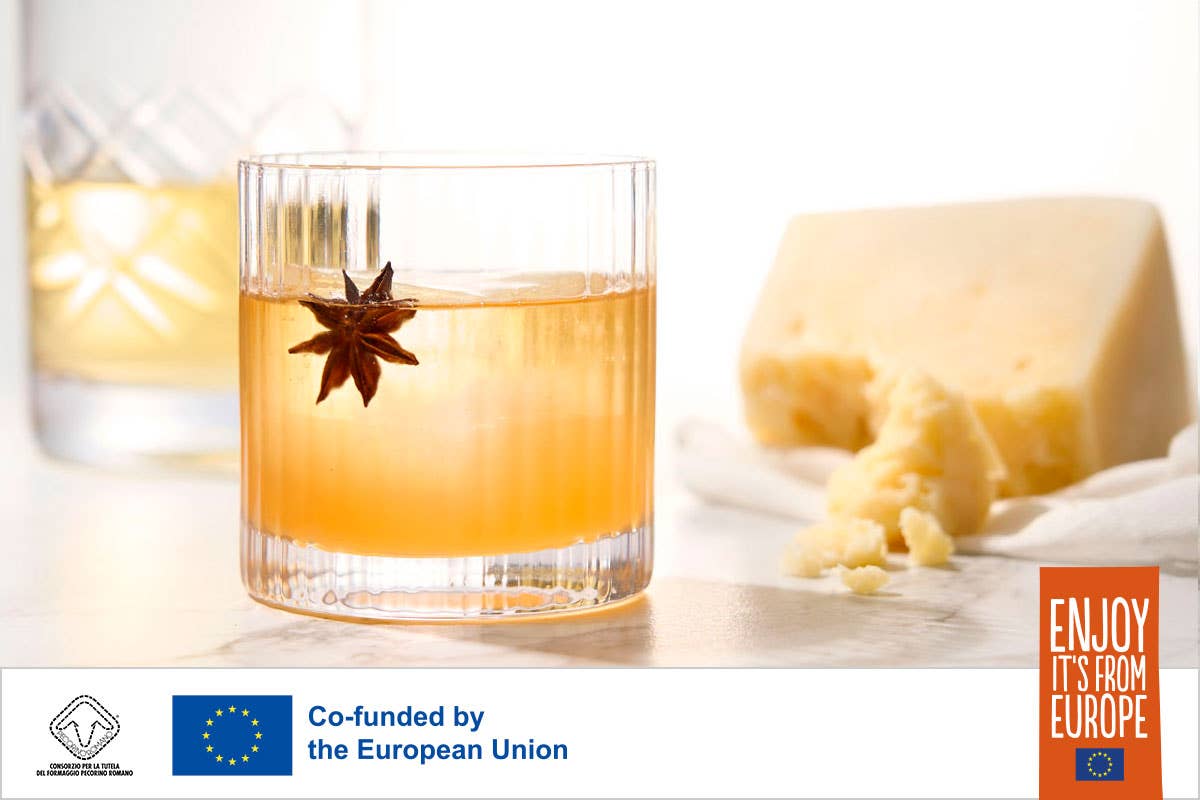Thinking of California wines, my mind goes straight to the lush, sun-drenched vineyards of Napa and Sonoma, and sometimes to the Guadalupe Valley in Baja. It never stays in Los Angeles, much less in Boyle Heights or the concrete channel that is the LA River. It’s hard to imagine those areas as the once beautiful acres of vineyards of the early 19th century. What happened?
The first grapes made their way to California by Franciscan missionaries in dire need of wines for religious services. (And for casual drinking too, who are we kidding.) Barrels of wine were part of the yearly mission supplies from the Mexican mainland but in letters and personal diaries, Father Junipero Serra constantly complained of a lack of wine for Mass and about having to purchase wine at government stores with no priestly discount.
Legend has it that it was Father Serra himself who planted the first Spanish grapes – later know as Mission grapes – at the San Juan Capistrano mission where wild, native grapevines were already growing. The first grape harvest dates to around 1782 and cuttings from those vines were soon planted in every Catholic mission in Alta and Baja California, marking the beginning of viticulture.
Although grapevines grew on the lands of all Spanish missions, those vineyards paled in comparison to the vineyard at the San Gabriel Mission in Los Angeles’s very own backyard. By the late 18th century San Gabriel was known as the “Mother Vineyard” with more than 150,000 vines in addition to wheat, olives, oranges, cattle, and sheep. The mission’s vast agricultural empire stretched over the San Gabriel Valley and into the Pomona Valley and San Bernardino. Large wineskins from mission cowhides were made to carry wines, sealed with tar taken from the La Brea Tar Pits.
Then Mexico (which included the two Californias) gained independence from Spain in 1821. The Mexican government encouraged migration to the California coast and secularized the missions. Vineyards and winemaking transitioned from church to civilian hands. (This is not to say that civilians had not owned vineyards before. In fact, Jose Maria Verdugo, a soldier of the guard at the San Gabriel mission with easy access to grape cuttings, is thought to have been the first civilian in the Los Angeles area who founded a vineyard. His ranch – Rancho San Rafael – bordered the LA River and the Arroyo Seco, which included modern day Glendale, Burbank, and parts of Pasadena and Los Angeles within its boundaries.)
Among the many immigrants to settle in Los Angeles post Mexican independence was Jean Louis Vignes, often referred to as the “father of winemaking in California.” Born to a family of vintners in the Bordeaux wine region of France, he arrived in California in 1831 after a stint making rum in Hawaii. In 1833 he planted the first European grapes from his native Bordeaux in what is now Downtown LA. By 1837 he owned 100 acres of land along the LA River and was operating a vineyard with flat roofed adobe buildings and a cellar built in the shade of an ancient sycamore tree called El Aliso. (Aliso Street near Plaza Olvera is where those first French vines were planted.)
At its peak around the time of the 1849 Gold Rush, El Aliso Winery was the largest winery in Los Angeles, producing 1,000 barrels of French-style wines each year. During the 1850s, with California now in American hands, Vignes continued to expand his vineyards, buying land across the river near a new Irish neighbor, Andrew Boyle, the successful vintner for whom Boyle Heights is named. In 1855, Vignes' nephews Pierre and Jean Louis Sainsevain purchased the winery and two years later produced the first California sparkling wine, much of which was shipped to San Francisco.
The Gold Rush changed the marketplace. As settlers moved North to San Francisco, and “new money” followed, they became the new consumers of the wine producers of Los Angeles. By 1888, there were too many grapevines in LA and too much devastation from the infestation of pests. With the Depression of 1893, wine prices fell and Southern California vintners could not cover their expenses. When Prohibition (1920-1933) attacked the demand for wine, many Los Angeles vintners went out of business, though – in an odd nod to their mission past – a handful were able to stay afloat making wines for religious purposes. The Northern California wine market began to flourish and Los Angeles never fully recovered.
Today the LA River is paved over, and those old romantic wineries have been replaced by modern business, but next time you’re sipping a Bordeaux somewhere in Downtown LA, make sure to raise a glass to Don Luis, the name Jean Louis Vignes was affectionately called.
¡Salud!





